birdfish
TPF Noob!
- Joined
- Jul 10, 2011
- Messages
- 125
- Reaction score
- 9
- Location
- Georgia
- Can others edit my Photos
- Photos OK to edit
- Thread Starter 🔹
- #31
If you're trying to see the difference aperture makes in terms of sharpness (as opposed to depth-of-field), put your camera on a tripod, shoot at an object with fine detail (classified ads in a newspaper will work), place it far enough (say 6-8 ft), position it so that it is perpendicular to the lens axis, turn your AF/VR off, go into manual focus and focus (manually) at the center of the target using live-view magnified 10x. Take your first shot wide open, then reduce the aperture by a stop and do another shot. Keep going until you're reached the minimum aperture. Now upload your shots and check two spots: the center, and the upper right corner.<BR><BR>Many lenses will be somewhat soft wide open, then sharpen to their maximum around the mid-range apertures, then start softening again at higher apertures. It is quite instructive to see the difference between the edges and the center. If you go through this exercise, you will have an excellent idea of just how sharp your lens is, and where in the aperture range you will get this sharpness.<BR><BR>Another exercise, while you got the camera on a tripod and the target in place, is to change the camera to auto-focus, and get the camera to focus. Often, you'll find that the AF is less sharp than your manual efforts. This could be a case of lens/camera calibration or misadjustment. If the manual and auto focus are identical, be happy. If they are not, you may want to use a different test that shows you whether you are back- or front-focussing.
Okay so after following the advice of pgriz, here are my results. I shot using every aperture my 50mm f1.8 lens had (1.8-22). #1 is at f1.8, #2 is at f8, and #3 is at f22. I can't believe I have been shooting almost all my photos at f1.8 in order to get the shallow DoF. Meanwhile they are all out of focus. I can't believe I never noticed though. These were all shot in Av mode, with a tripod, and I changed the WB to tungsten. Don't know why I didn't just shoot JPEG? Also I manually focused using the live view at 10x magnification and focused on the line "activities. Basic math and" in the middle and towards the bottom of the page. Anywho here are the photos:
1. f1.8

2. f8.0
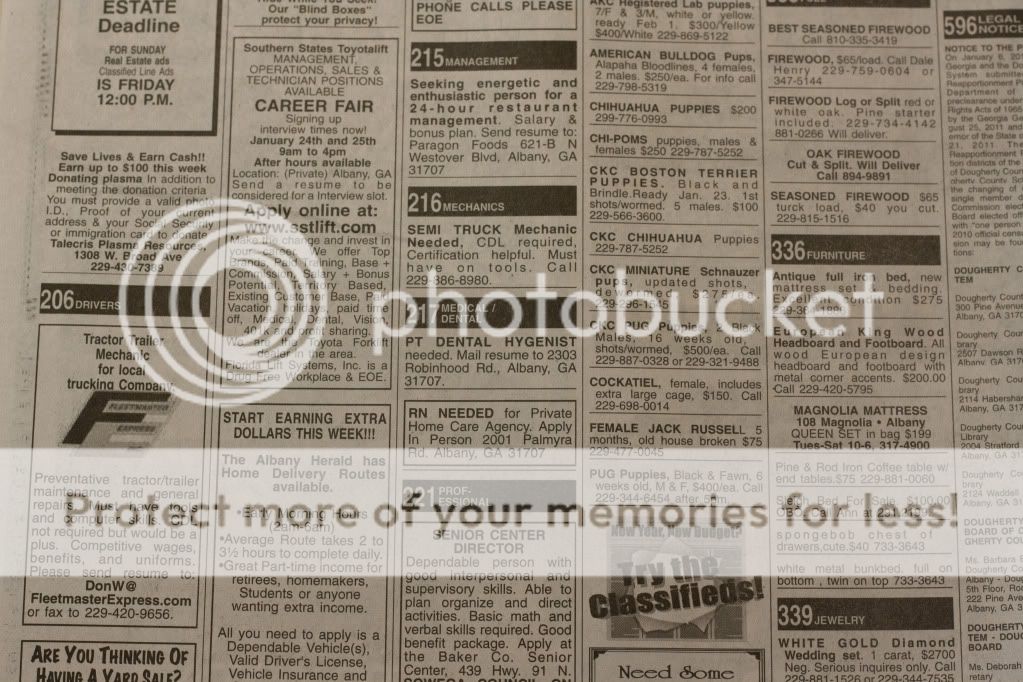
3. f22.0
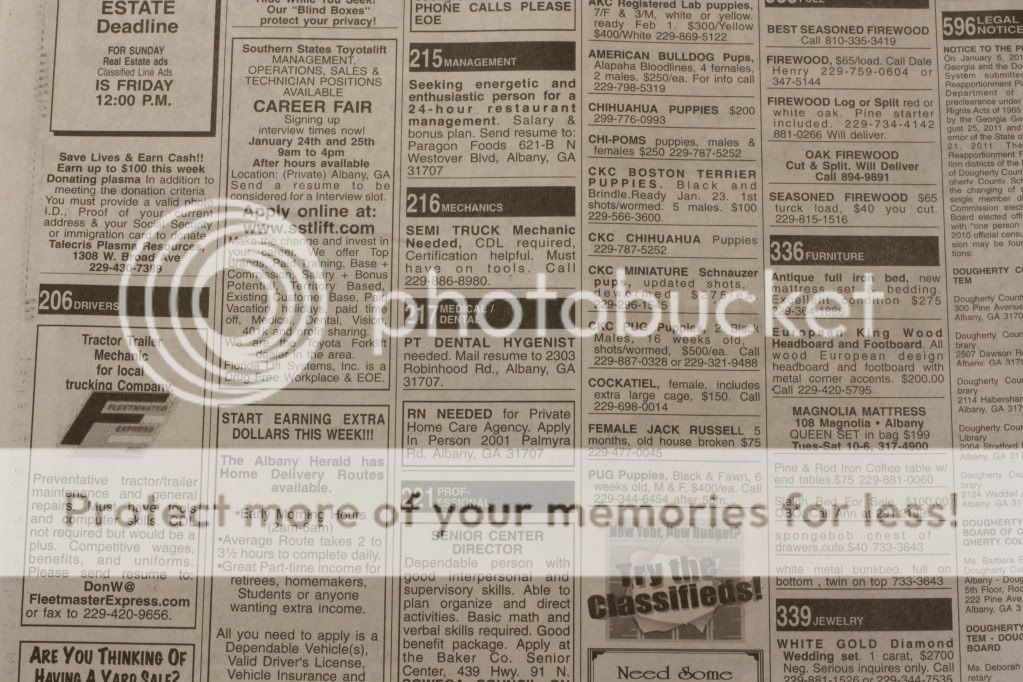
Thank you all for your advice and comments. I know this might seem insifnifcant to some but I am thrilled with what I have just learned.

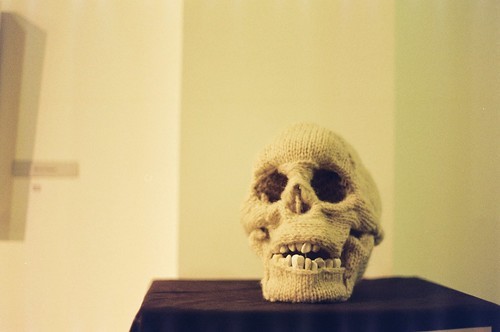
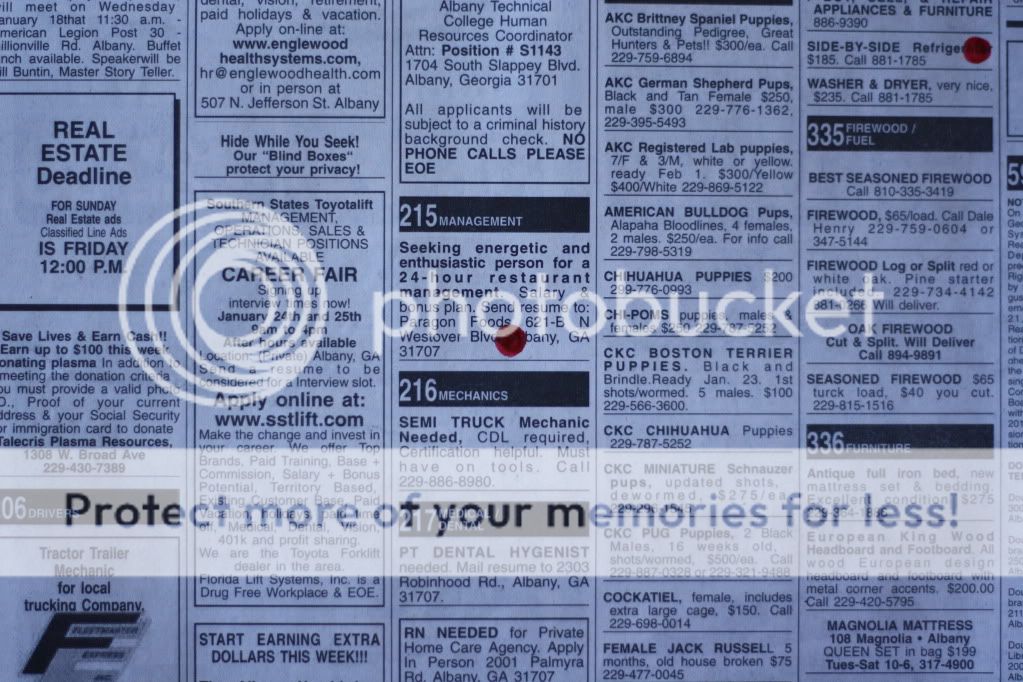
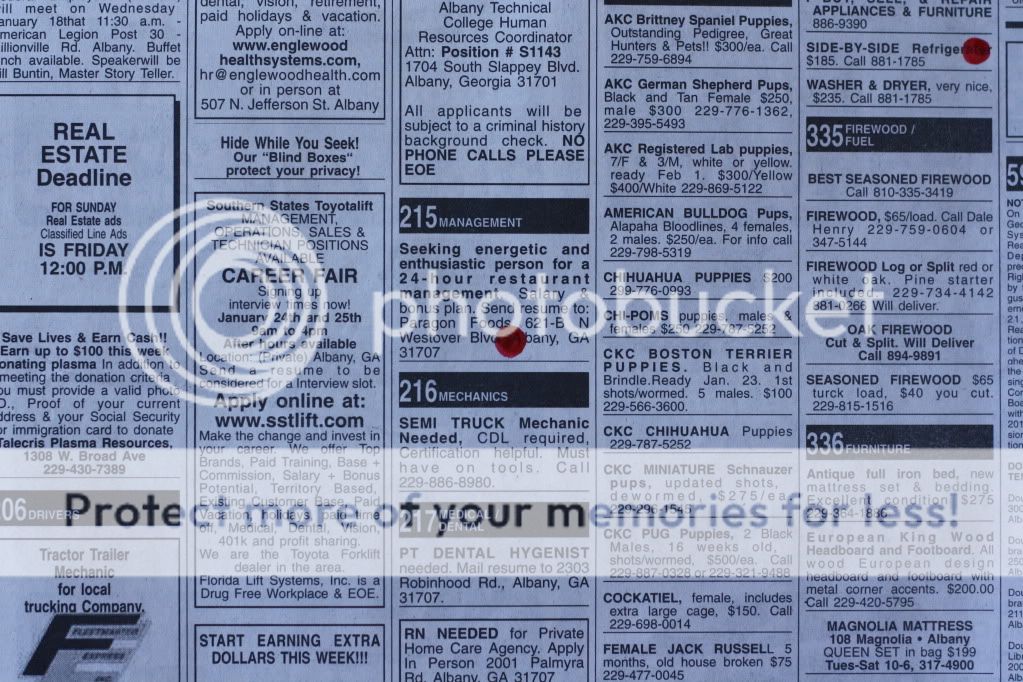
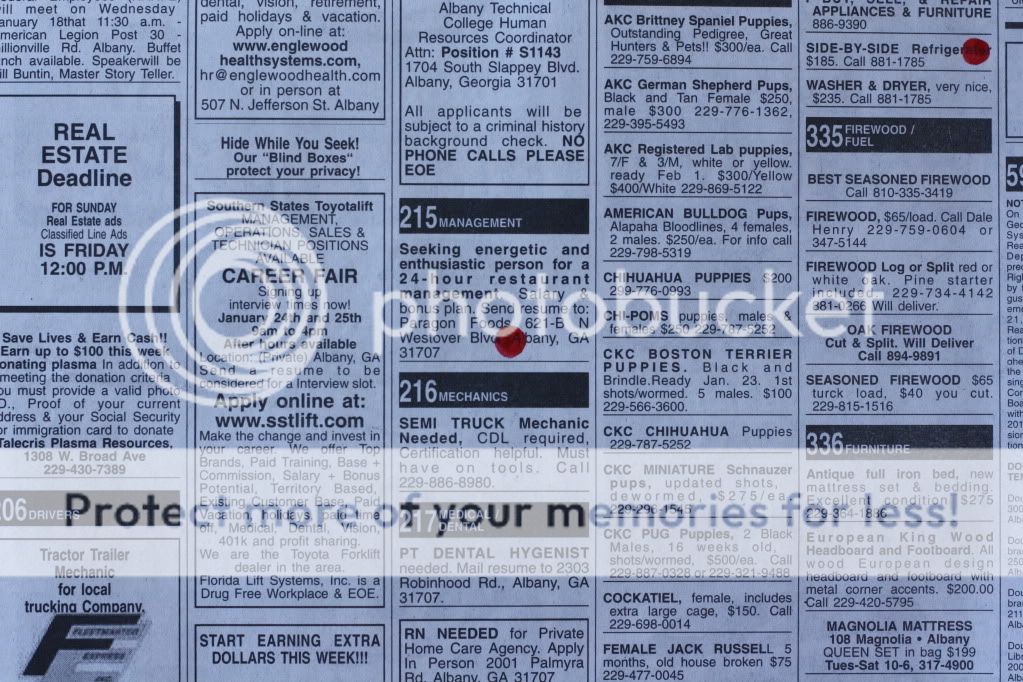
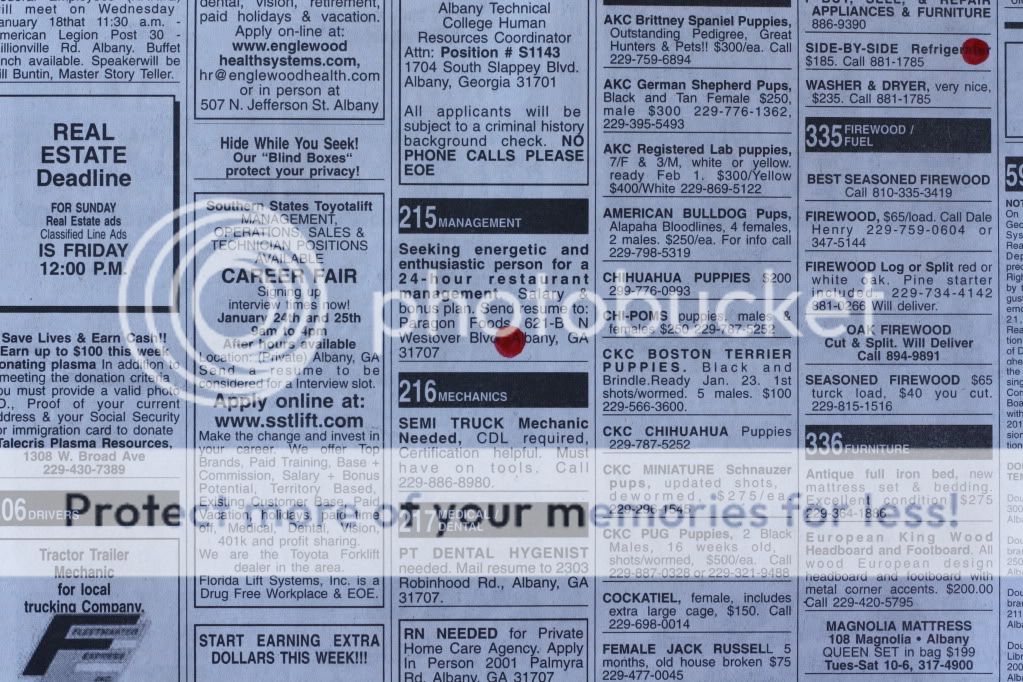
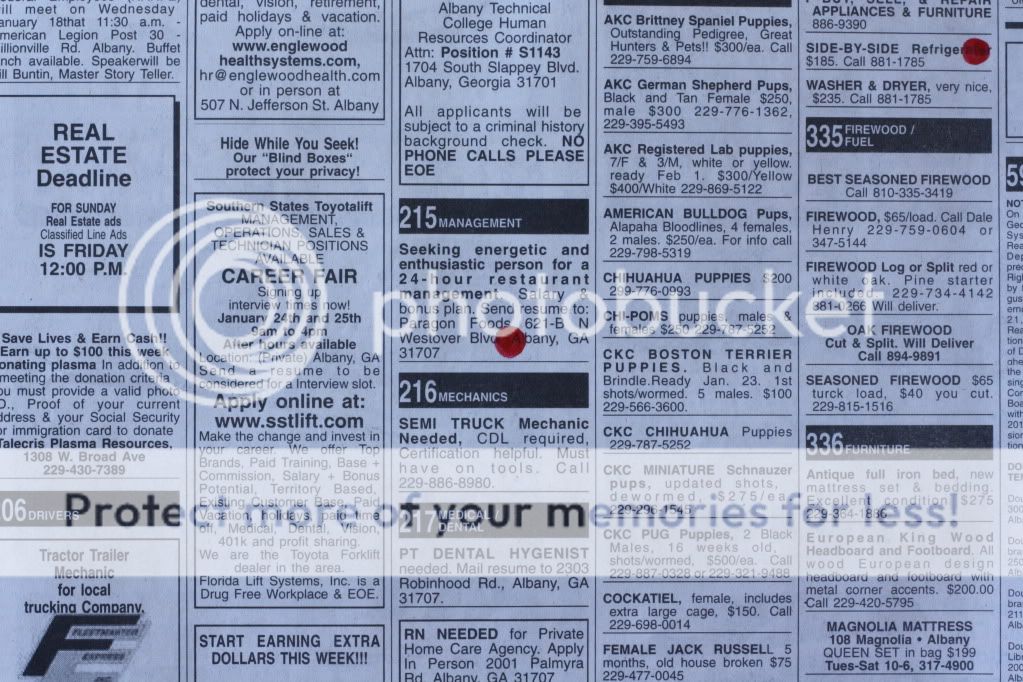

![[No title]](/data/xfmg/thumbnail/42/42455-61fb2cf2ac4f6de557a508b2195fc822.jpg?1734176994)
![[No title]](/data/xfmg/thumbnail/34/34066-70cfbd1a7917f22be4d9ded0bd7542d8.jpg?1734164491)

![[No title]](/data/xfmg/thumbnail/35/35265-c9ea3efd2c618a57ea136e63ad106880.jpg?1734166927)
![[No title]](/data/xfmg/thumbnail/34/34068-743e93a5c28fe935ab4c39c51c06cf1a.jpg?1734164498)






